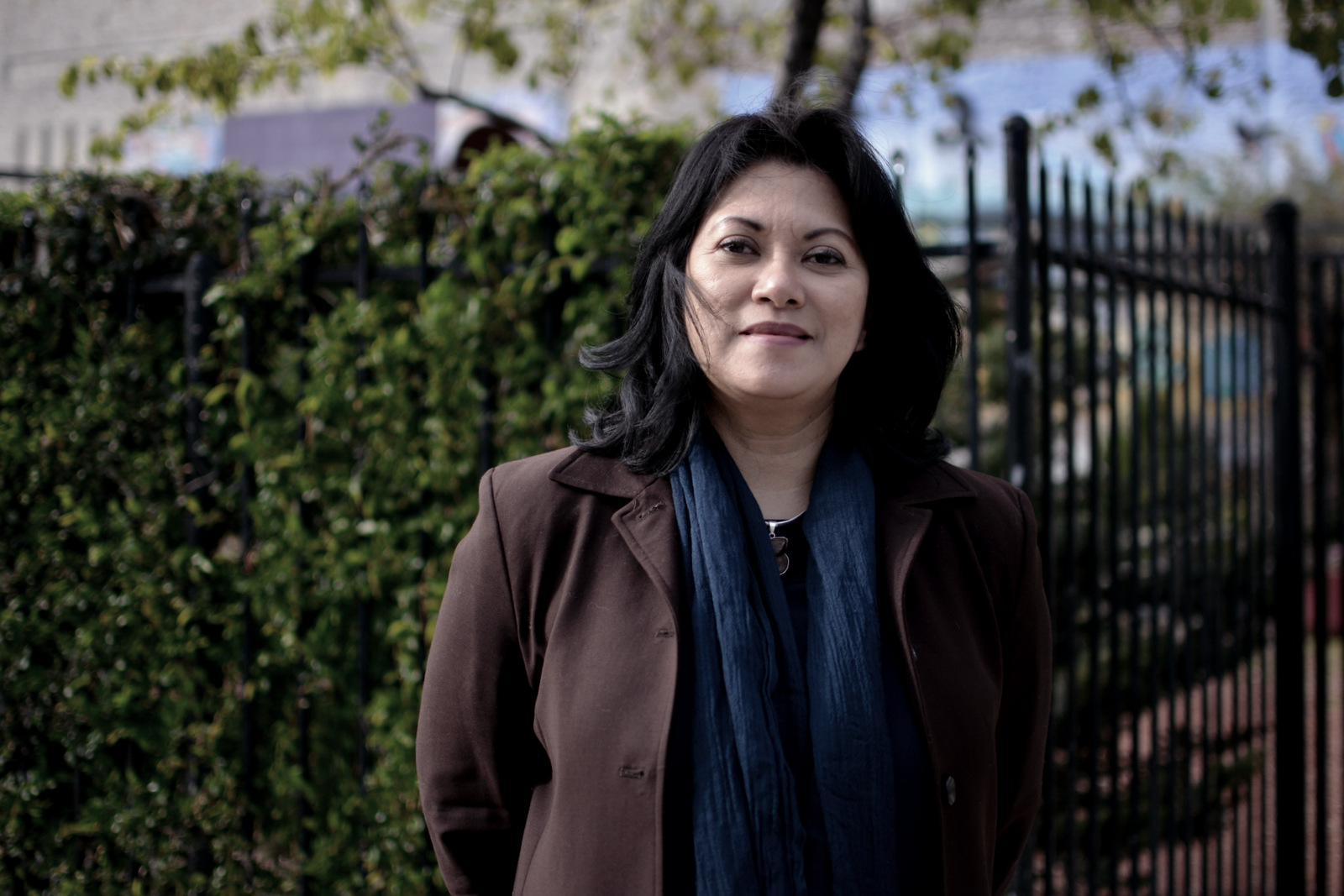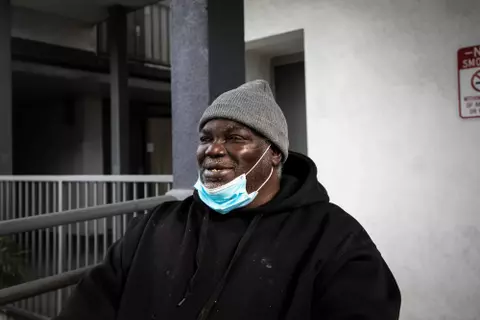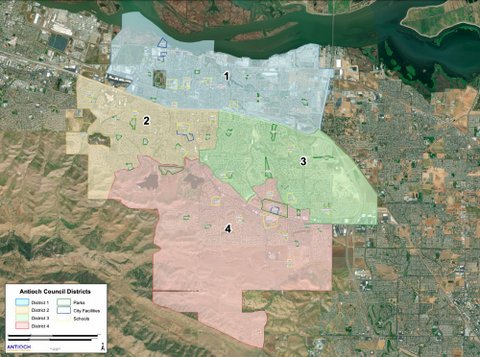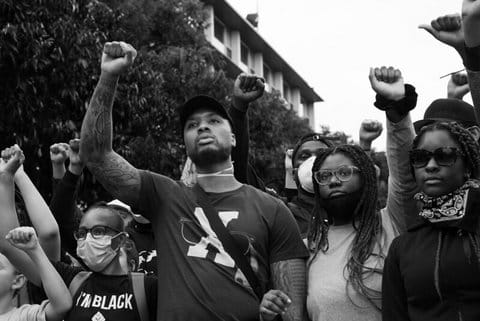
29 Apr Q&A: Growing a Healthy Food Movement in Richmond
Interview + Photo • David Meza
Editor’s Note: Tanya Rovira is a Health Education Specialist and Food Security Coordinator for Contra Costa Health Services Community Wellness and Prevention Program. She is also co-chair of the Richmond Food Policy Council, a collaboration of community organizations, government agencies and individual community members whose mission is to create a local, equitable, and sustainable food system based on regional agriculture that fosters the local economy and provides healthy, affordable food for all people living in Richmond.
Pulse contributor David Meza spoke to Rovira about why the group was formed and how it is going about advancing its mission.
The CC Pulse: Why did the Richmond Food Policy Council form?
Tanya Rovira: The Richmond Food Policy Council is a body made up of community residents, community leaders, nonprofit organizations like Weigh of Life, Urban Tilth and Richmond Community Foundation, the City of Richmond and [Contra Costa] County. We come together to look at what policies need to [be put] in place in order to create an environment where the healthy choice is the easy choice for residents when it comes to food.
The goal of the council is to create opportunities for residents to go to the store [where there are] fresh fruit and vegetables, and for kids to see healthy options on their way to school. We want to make sure there are opportunities for urban gardens and community gardens — which we know are not just about nutrition, but also social cohesion. So our goal is to ensure the environment in Richmond fosters all of this [through] policy and looking at what systems are in place in order to accomplish our goals.
RP: What are some of the more important issues the group is tackling?
TR: We just started our third year in December. Some of the original goals were to address school food, urban gardening and access to healthy food through retail. When I joined the council after its first year, we realized we had to step back and work on building the capacity for members as well as create a mechanism for the community to learn about the food system and issues that are going on. So we created three subcommittees that work in three areas.
One worked on mapping the food system in Richmond. We needed to understand what’s in place right now. Where do people access fresh produce? Where are the food deserts in Richmond that we hear about? Where do kids go and shop and buy things, and what is available to them? Are there grocery stores, farmer’s markets, community gardens? The second subcommittee is looking at what policies were in place, city and county wide, that either fostered a healthy food system or that we needed to change or reinvent to create a good food system. The third piece was education and capacity building. We wanted to get creative and bring things to the community that are fun and create a sense of community. So we came up with the idea of creating a food justice film series, which we held on the first Thursday of the month at the Bridge Art Center. We showed 12 films [about] food justice issues to create awareness around food issues, our food system and what it looks like. It caught the attention of not only Richmond residents, but others around the Bay Area, which was exciting.
RP: Are you doing any work around the issue of school lunches?
TR: We’re hearing from community residents that they would like to see healthier options for kids during the school meals. The reality is that we don’t know what’s being served right now. So we need to connect with the school district and Child Nutrition Services before we do anything else and see what’s taking place, what’s happening. Sometimes schools are doing great things, but… parents are not aware. Some schools are still serving hamburgers but their hamburgers are now meeting nutritional guidelines from USDA, but parents are not aware of that. Once we find out what is taking place with school nutrition in Richmond, then we can either help promote what’s taking place, what’s happening — the good things that are happening — or if that’s not the case, then there’s a lot of interest on the part of parents, on the part of organizations and food advocates, to work with the schools and ensure that Richmond kids have access to healthy foods.
RP: How many farmer’s markets are in Richmond?
TR: There are three farmers markets. One is on 24th Street and Barrett on Fridays, there’s another one on 9th Street, and another on Rumrill Road. In addition to that, there is a mobile market unit that comes to North Richmond and that’s from 12:00-1:30 p.m. The challenge with some of this is that it doesn’t tap into everyone. If you are a working parent you wont be able to access some of these things, but I think little by little we are creating environments where people have options to buy fresher food.
RP: Can growing your own food become the norm in Richmond?
TR: I think there is a big movement in Richmond. I know many resident are growing food. I know of community gardens where they are coming together and growing food. On the Richmond Greenway, people can go and help every other Saturday and take food [home] with them. There is a group, they do a “crop swap” or food swap — whatever they grow, they exchange. So there is a movement, and I see it more than in other communities. In terms of backyard gardens, we don’t have numbers right now. I don’t think it’s the norm yet. The people who are growing their food… they understand what’s in it. Organic food is expensive when you buy it, so if you grow [your own] you have it right there, and you can keep the seeds and grow it again. The Richmond residents that I know who are doing it, I think, are very much aware of this relationship between food and social justice, so it’s also a form of empowerment when you’re doing that.







No Comments